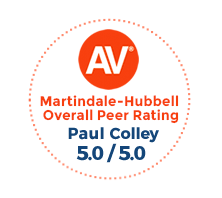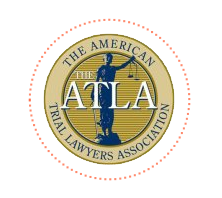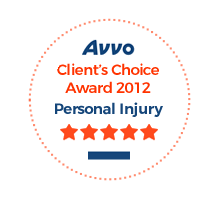Car Accidents in a Borrowed Vehicle
It’s a tough situation--your best friend asks you if he can borrow your car to run to the Tyler General Store really quick. It’s only a few miles away, and you would feel guilty saying no. You hastily agree, making the decision to give another person the keys to your most expensive possession. Ten minutes later you get the phone car: your car has been in a wreck.
Cases like this are very common with extended family members, roommates, or even close friends. Who takes responsibility in the case of a crash? Because your friend or niece or co-worker is at fault, he or she should have insurance to cover the costs, right?
Unfortunately, situations like this often result in arguments and drama as more often than not, the owner of the car is at fault. Even though John was sitting at home watching TV while Abby took his wheels out for a spin, he could still be liable for all damages.
Insurance follows the car
When you lend out your car, you lend out your insurance. When you agree for a non-primary driver to use your vehicle, your insurance becomes the primary coverage, meaning that in case of a wreck or accident, your insurance would be used to cover the damage. So if Abby takes John’s car and causes an accident then you will have to file a claim with your insurer, pay the deductible, and expect the rate to increase.
What about the other insurance policy?
The only time that Abby will have to use her insurance is in case of personal liability or medical expenses. If you reach the limits of your policy, the other driver’s policy may be used as a secondary measure. However, if the other driver is uninsured then you are out of luck. All damages will fall on your party, and you could be sued for additional damages by the victims of the crash.
My car’s driver was not at fault
If the person you lent your car out to was not at fault, the claims process is far simpler and works as if you yourself were in an accident. As long as the other party has insurance, they will get a claim and you can avoid paying the deductible or additional insurance hikes. All damages to your vehicle will be covered by the at-fault party’s insurance.
I didn’t give them permission to borrow my car!
This is a rather unfortunate situation that can play out in two scenarios. If you friend has insurance and took the car without insurance, their insurance will likely be the primary coverage with yours as secondary insurance. If the driver who took your car does not have insurance, you are liable for all damages. While you can challenge this in court, most insurance companies will assume that they have permission to drive your vehicle unless you expressly prohibited them from driving.
So, think twice before lending out your car. Make sure you check with your insurer and policy details to find out special restrictions. Make sure your friend has a drivers license and valid insurance policy. NEVER let an uninsured driver take your vehicle. Also only lend out your car if you know the person well and have discussed where/when the vehicle will be used. A safe driving record and having previously ridden with a person comfortably are also good qualifications.















